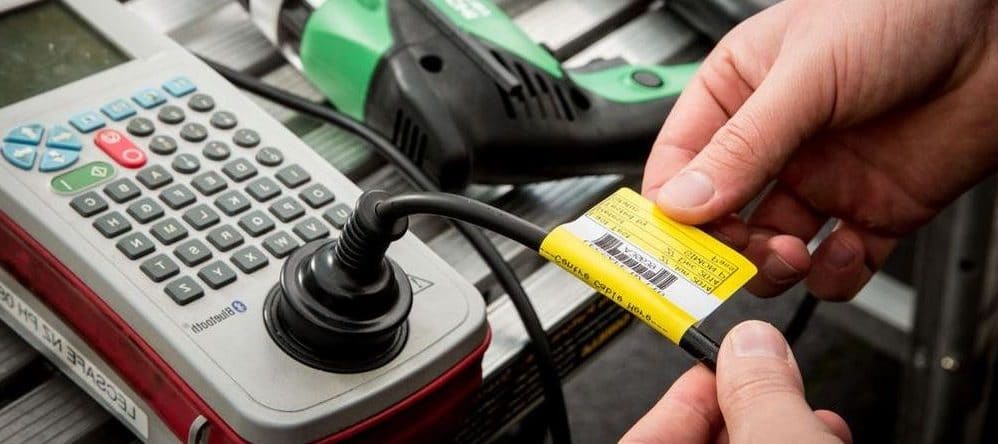
The Importance of Test and Tag for Electrical Safety
When it comes to electrical safety, ensuring that your appliances and equipment are in good condition is essential. One way to do this is through test and tag, which involves inspecting and testing electrical equipment and tagging them with a label to indicate their safety status. This process is crucial in preventing electrical accidents, injuries, and fatalities in the workplace, home, and other settings where electrical equipment is used.
Test and tag is a process that involves several steps. Firstly, an inspection is carried out to identify any visible damage or defects that may impact the safety of the equipment. Secondly, electrical testing is conducted to check if the equipment is functioning correctly and safely. This testing involves the use of specialized equipment, including an insulation tester, an earth leakage circuit breaker tester, and a portable appliance tester (PAT). Finally, a label or tag is affixed to the equipment to indicate its safety status.
In New Zealand, test and tag is a legal requirement for all electrical equipment used in the workplace. The regulations require employers to provide a safe working environment for their employees, and ensuring that electrical equipment is regularly inspected and tested is one way to do this. The Electrical Safety Regulations 2010 stipulate that electrical equipment must be tested and inspected at regular intervals, depending on its level of risk. For example, high-risk equipment such as power tools and heavy machinery may need to be tested every three months, while low-risk equipment such as computers and printers may only need to be tested every two years.

But test and tag is not just a legal requirement – it is also an important aspect of maintaining electrical safety in other settings, such as the home. Many household appliances, such as kettles, toasters, and hair dryers, can pose a risk of electrical shock or fire if they are not regularly checked for faults or damage. A regular test and tag program can help identify potential problems before they become a serious safety issue.
In addition to preventing accidents and injuries, test and tag can also have other benefits. For example, regular testing can help extend the lifespan of electrical equipment by identifying issues that can be repaired before they become major problems. This can save money on replacement costs and downtime.
It is important to note that test and tag should always be carried out by a qualified and trained professional. DIY testing is not recommended, as it can be dangerous and may not provide accurate results. A trained technician will have the knowledge and expertise to identify potential hazards and ensure that electrical equipment is safe to use.
Summary
Test and tag is an essential process for maintaining electrical safety in the workplace, home, and other settings. By regularly inspecting and testing electrical equipment and affixing labels or tags to indicate their safety status, we can prevent accidents, injuries, and fatalities. It is important to ensure that this process is carried out by a qualified and trained professional to ensure accuracy and safety.




